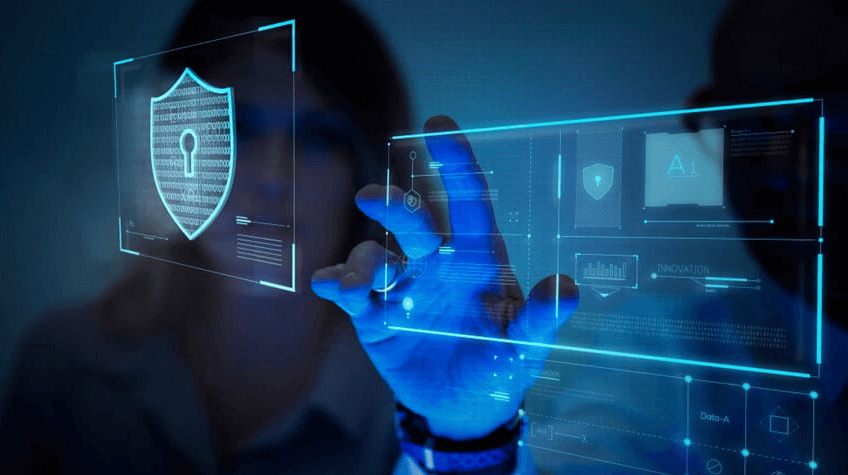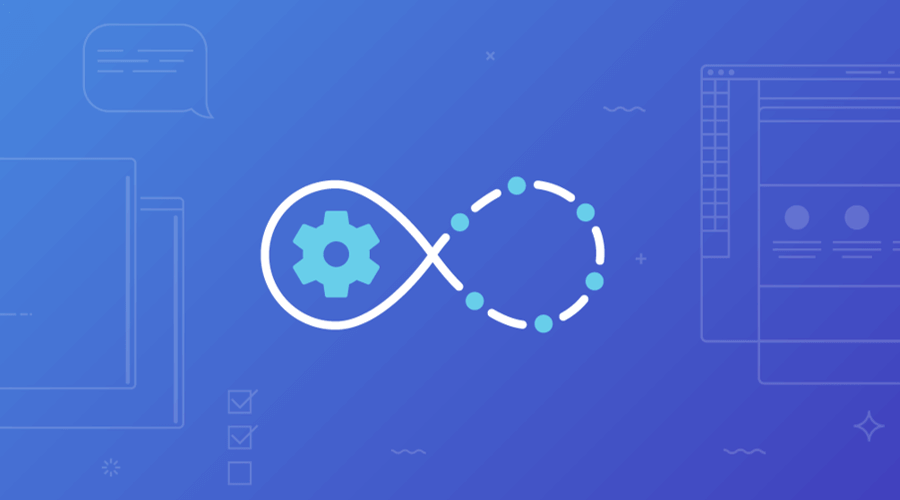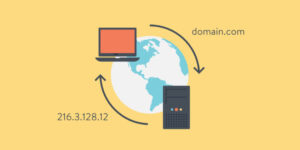
Attack surface management (ASM) is the ongoing identification, cataloging, prioritizing, and security surveillance of external digital assets that store, transfer, or process sensitive data. In essence, it is everything that an attacker can learn about outside of the firewall as they scout for weak companies in the threat environment.
Attack surface management is crucial since it assists in preventing and reducing hazards. The danger of data breaches and data leaks can be significantly decreased by the timely identification of digital assets, which is an essential component of strong threat intelligence. An attacker only needs one weak spot in your business to start a cyberattack.
What is an attack surface?
The entire number of potential sites of entry into any system is referred to as the attack surface. It covers every endpoint and vulnerability that may be used to launch a security attack. The total region of a system or organization that is vulnerable to hacking is often referred to as the attack surface.
The attack surface is vast and complicated for the majority of modern enterprises. There are several potential cybersecurity concerns due to the rising number of gadgets, web apps, and network nodes. Despite their best efforts, IT directors are only able to see a portion of the security dangers that their company faces. Therefore, it is a good idea to invest in a good attack surface management system to minimize the risks as much as possible.
Why do corporations need attack surface management?
Even for smaller businesses, there is a vast terrain of potential attack points. The security of these attack points must be ensured at all costs. However, attack surfaces are continuously shifting, particularly given how many assets are now spread via the cloud. The number of external targets that security teams must safeguard has expanded as a result of the COVID-19 epidemic and the surge of remote work opportunities.
Organizations must obtain total visibility and ongoing monitoring to eliminate or supervise risks before attackers discover them in order to combat these problems. Organizations can benefit from attack surface management to take full control of their attack surface and protect their company from cyberattacks as much as possible.
Even though it is now clear how important ASM is, one of the most asked questions by companies is still, “What is attack surface management?” and getting more familiarized with this solution is a must for companies.
What are the phases of attack surface management?
There are several tools available that advertise themselves as complete ASM solutions, but not all of them fully address all 5 phases included here. For instance, you can come across certain systems that carry out asset discovery but never the testing step, which is where vulnerabilities are found. Whatever option you select, be sure it will assist you in completing all five phases.
1. Discovery
Organizations identify and map each digital asset across the internal and external attack surfaces in this early step. While contemporary attack surface management systems mirror the toolkit used by threat actors to locate vulnerabilities within the IT environment, legacy solutions may not be able to identify unknown, rogue, or external assets. By doing this, the organization can better see the whole attack surface and can be certain that it has mapped every asset that may be utilized as an attack vector.
2. Testing continuously
Your cyber attack surface cannot be tested once only superficially. As you add more devices, users, workloads, and services, it keeps expanding every day. The security risk increases along with it. Not simply the danger of newly discovered vulnerabilities, but also the chance of incorrect settings, data leakage, or other security flaws. To keep your understanding from deteriorating, it’s crucial to regularly test for all potential attack routes.

3. Adding context
Ownership and business context are crucial components of managing the attack surface. Prioritizing maintenance becomes challenging when using existing asset identification methods since context is frequently not provided consistently.
By enriching assets with data such as IP address, device type, current usage, purpose, owner, connection to other assets, and possible vulnerabilities, effective attack surface management procedures ensure that assets are protected from assault. This enables security teams to rank cyber threats and decide which assets need to be watched, fixed, or eliminated.
Related Post: What is a DDoS Attack and How Can You Prevent One?
4. Prioritization
Prioritization is the phase where attack surface management varies significantly from vulnerability management. Using the context mentioned above, attack surface management ranks risks according to the attacker’s point of view. The end result is a risk score that prioritizes activities by taking into consideration various factors.
5. Remediation
This phase involves consistently enhancing security under the priorities in the previous phase. The IT team becomes well-equipped to identify the most serious hazards and prioritize remediation based on the automated actions in the previous phases of the attack surface management program.
It’s crucial to make sure that information is shared across each department and that everyone on the team is in agreement with security operations because these initiatives are frequently driven by IT teams rather than cybersecurity experts.
Conclusion
The information provided by attack surface management solutions not only enables companies to reduce cyber risks and bolster their security but also offers insights into the effectiveness of the tools and systems your company already has. You may also see which governance practices are effective and which require updating using risk-over-time evaluations.
Gaining the proper understanding of your attack surface will be advantageous to your entire business. It is crucial to protect your brand, consumers, and staff. An attack surface solution becomes the focal point of any IT process when combined with the knowledge required to make data-driven business choices.






